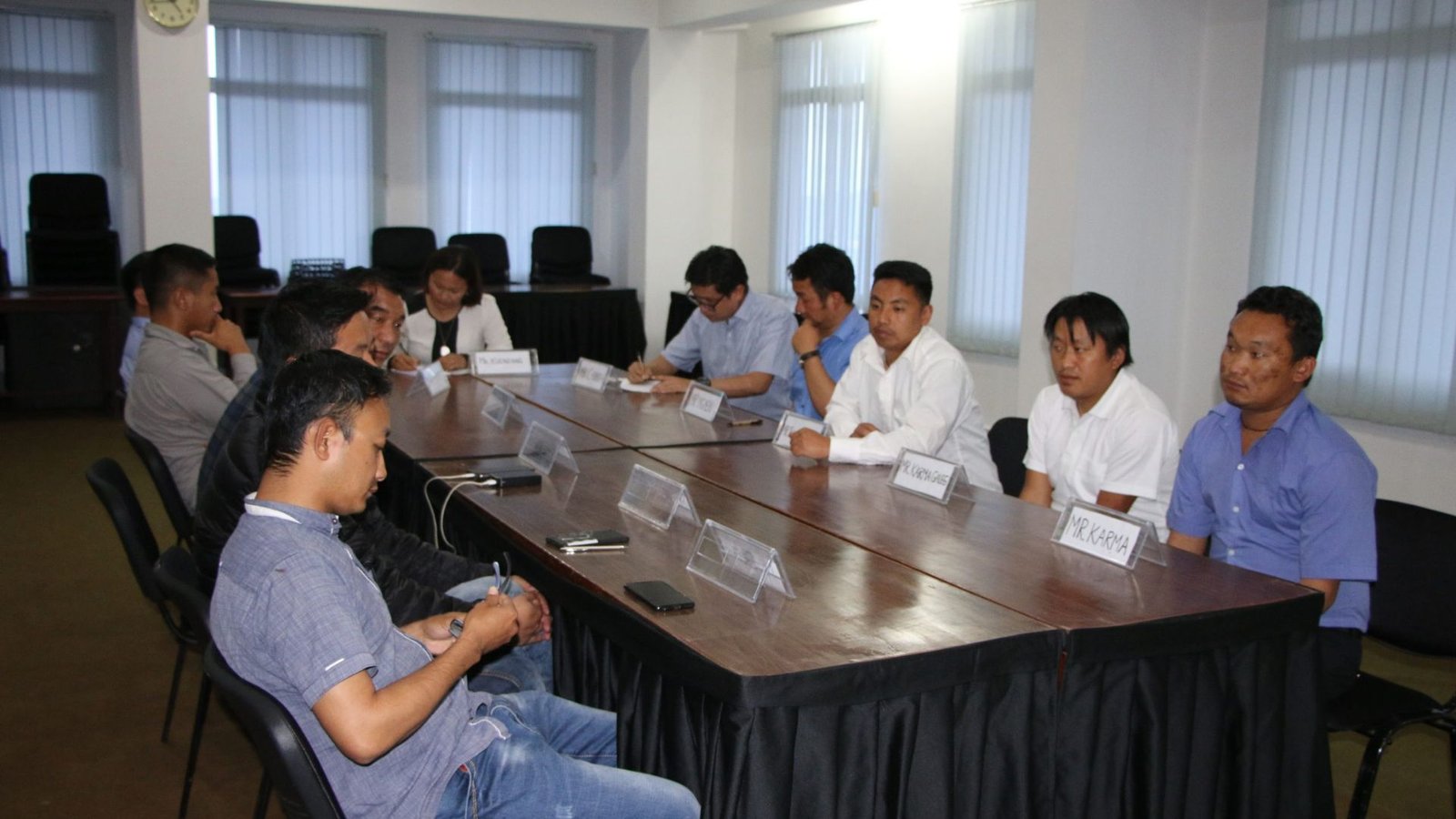People with disabilities often face significant barriers when it comes to accessing employment. Despite advancements in disability rights and inclusion, many disabled individuals still encounter challenges in finding and maintaining jobs. These challenges can range from discrimination to physical and digital inaccessibility. Understanding these obstacles is key to creating a more inclusive job market for everyone.
In this article, we’ll explore the key challenges disabled people face in employment access and the importance of addressing these issues.

Discrimination in the Hiring Process
One of the most common challenges disabled individuals face in employment is discrimination. Unfortunately, many employers still have biases against hiring disabled people, often due to misconceptions or a lack of understanding about disabilities.
Discrimination can manifest in several ways:
- Bias during the interview process: Employers may have preconceived notions about the capabilities of disabled individuals.
- Stereotypes about productivity: Many employers assume that disabled employees will be less productive or require excessive time off.
- Lack of awareness: Some hiring managers may not know how to create an inclusive environment for disabled workers.
Discrimination is illegal in many countries, but it still exists in practice, making it harder for disabled individuals to access job opportunities.
Inadequate Workplace Accommodations
Another significant barrier disabled people face in employment is the lack of workplace accommodations. While many companies are required by law to provide reasonable accommodations for disabled employees, these accommodations are often not provided or are insufficient.
Some common workplace accommodations include:
- Physical adjustments: Modifying workspaces to be accessible, such as installing ramps or widening doorways for wheelchair access.
- Technology and assistive devices: Offering software or equipment that aids employees with disabilities, such as screen readers for visually impaired individuals.
- Flexible working hours: Allowing employees with disabilities to work from home or adjust their schedules to meet medical or personal needs.
Without these accommodations, disabled individuals may find it difficult or impossible to perform their job duties effectively, limiting their access to employment opportunities.
Lack of Accessible Workspaces
Many workplaces still do not meet accessibility standards, creating physical barriers for disabled employees. These barriers can make it challenging for people with mobility impairments or other disabilities to navigate their work environment.
Common accessibility issues include:
- Inaccessible entrances: Many buildings still lack ramps or automatic doors, making it difficult for individuals in wheelchairs or with mobility impairments to enter.
- Poorly designed office spaces: Workstations, desks, or meeting rooms may not be designed to accommodate the needs of disabled employees.
- Lack of accessible restrooms: Inadequate or non-compliant restroom facilities can make it difficult for employees with mobility or other physical impairments.
Accessible workplaces are crucial for enabling disabled individuals to perform their job duties and participate fully in the workforce.
Limited Job Opportunities
Another challenge disabled people face in employment is limited job opportunities. Despite anti-discrimination laws, people with disabilities are often excluded from many job sectors, especially those that are more physically demanding or require advanced technological skills.
Factors contributing to limited job opportunities include:
- Lack of employer awareness: Many employers do not know how to accommodate disabled workers or fail to recognize their potential.
- Fewer job openings: In certain industries, there may be fewer job openings available for people with disabilities.
- Stigma and stereotypes: Some employers may not actively recruit disabled individuals due to outdated beliefs about their abilities or productivity.
As a result, disabled individuals may struggle to find work in fields that match their qualifications, leading to underemployment or unemployment.
Challenges with Workplace Integration and Inclusion
Even when disabled individuals secure employment, they often face challenges integrating into the workplace culture. In some cases, colleagues and managers may lack understanding about disabilities, leading to feelings of isolation or exclusion.
Some issues that contribute to workplace integration challenges include:
- Lack of disability awareness: Colleagues and managers may not have the training or knowledge to work effectively with disabled employees.
- Social exclusion: Disabled workers may find it difficult to participate in social activities or networking opportunities due to physical or social barriers.
- Workplace bullying or harassment: In some cases, disabled individuals may experience bullying or discrimination from colleagues due to their disability.
A lack of inclusive workplace culture can hinder disabled employees’ success and job satisfaction.
Technological Barriers
In today’s digital age, technology is essential for performing many job tasks. However, many disabled individuals face technological barriers that make it difficult for them to access digital platforms or use technology effectively.
For example:
- Inaccessible websites and software: Websites, apps, and software may not be designed to be accessible for people with visual, hearing, or cognitive impairments.
- Digital learning challenges: Online training or learning tools may not be compatible with assistive devices like screen readers or voice recognition software.
- Limited access to adaptive technologies: Not all employers provide or support the use of adaptive technologies, such as braille displays or voice-to-text programs.
These technological barriers can make it difficult for disabled people to perform their job duties, limiting their access to job opportunities and career advancement.
Lack of Support for Career Advancement
Once employed, disabled individuals may face challenges in advancing their careers. Many companies do not offer sufficient support for career growth and development for disabled employees.
Key issues include:
- Limited training opportunities: Some employers may not provide accessible training programs or mentorship for disabled workers.
- Unclear career paths: Without proper support, disabled employees may not know how to advance in their careers.
- Discrimination in promotions: Even if disabled employees excel in their roles, they may face discrimination when it comes to promotions or leadership opportunities.
Without support for career advancement, disabled individuals may remain in low-level positions, even if they have the skills and qualifications to move up.
Conclusion
The challenges disabled people face in accessing employment are significant, but they are not insurmountable. Discrimination, lack of accommodations, limited job opportunities, and workplace integration issues continue to create barriers, but there are steps we can take to address these problems.
Employers, policymakers, and society at large must work together to create an inclusive workforce where everyone, regardless of disability, has equal access to employment and career growth. With continued efforts to break down these barriers, we can build a more inclusive and equitable job market for all.








